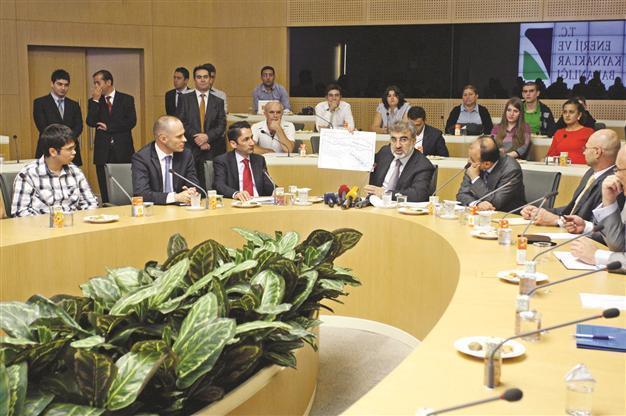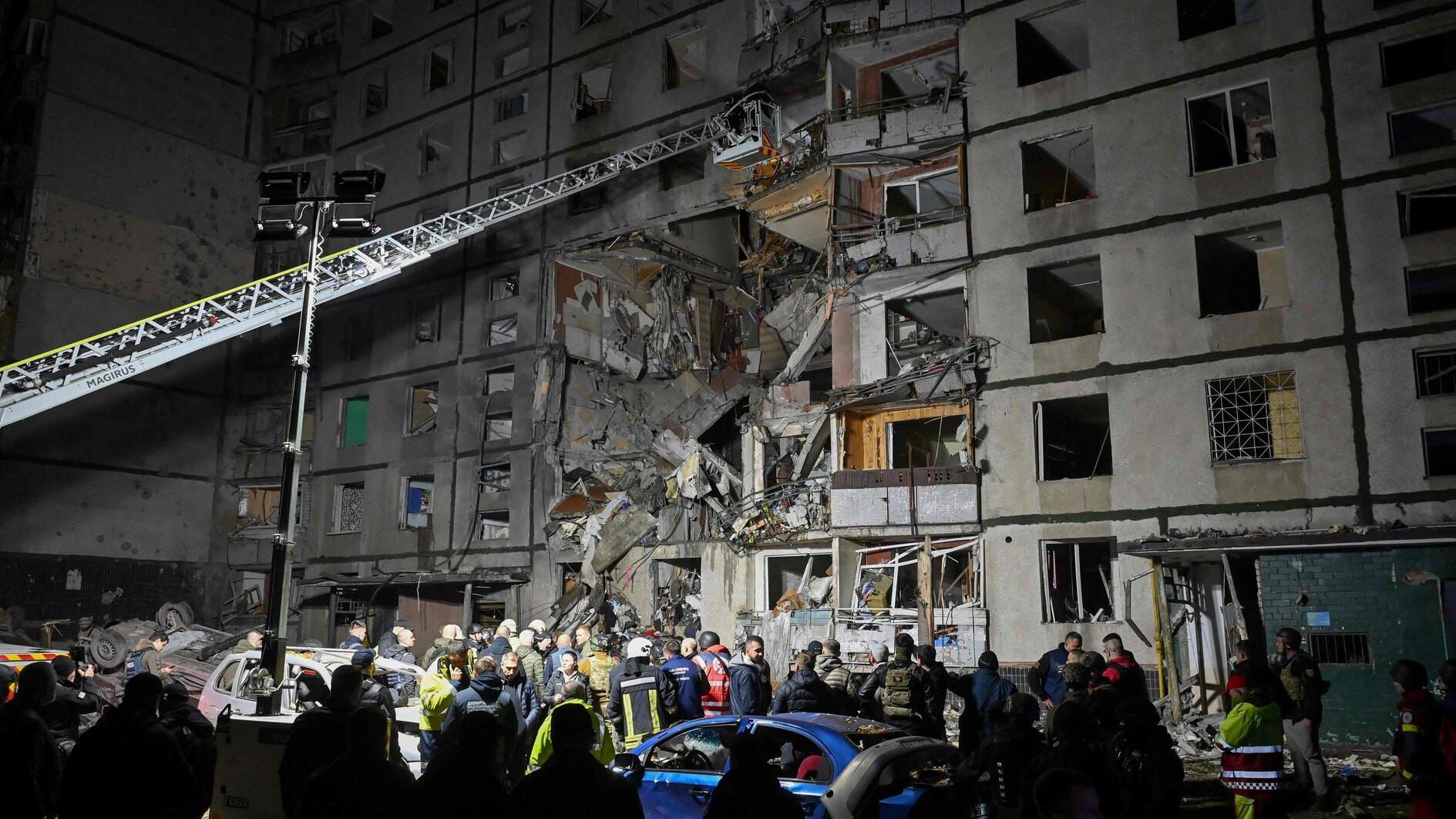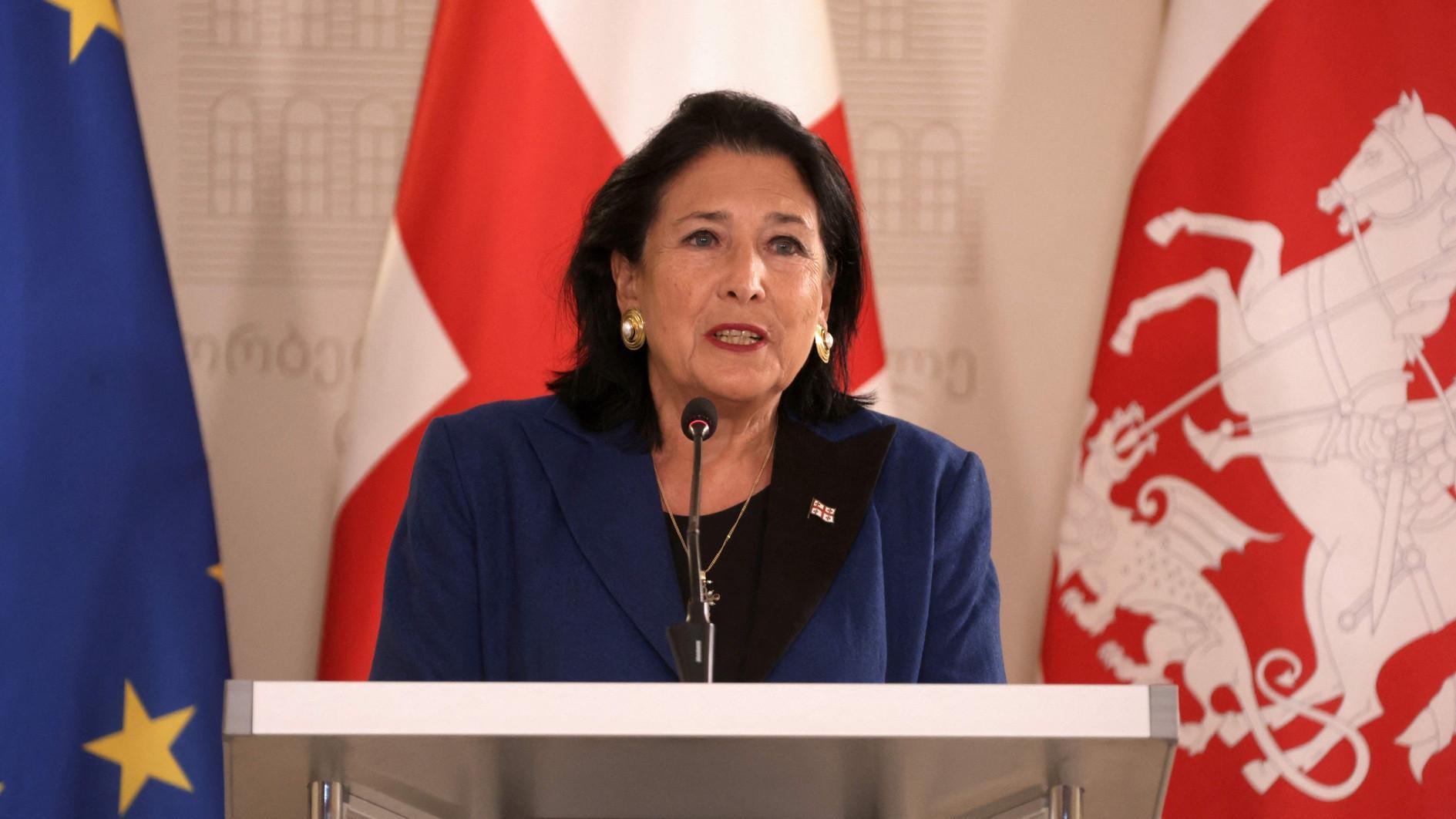Decision on 2nd nuke plant to come in 2012
ANKARA - Anatolia News Agency

Energy Minister Taner Yıldız shows an oil map prepared during the Ottoman Sultan Abdühamit II’s reign. Modern Turkey makes use of the historic map, the minister says. AA photo
Turkey will not make a decision on its partner for the construction of a second nuclear plant to be built by the Blacksea until the end of this year, Energy Minister Taner Yıldız said Sept. 10 as he welcomed 75 students scheduled to undergo nuclear engineering training in Russia.“Nuclear power plant investments will not increase Turkey’s energy dependency on foreign sources as the deal includes fuels and we plan to replace natural gas power plants with nuclear power plants. We can provide all the engineering calculations on this issue to anyone who wants them. That’s why we continue to be determined to pursue nuclear power. We will decide on [the partner] of the second nuclear power plant by the end of the year,” he said.
South Korea, Japan, China, Canada and Russia are the possible bidders for Turkey’s second nuclear power plant plan in Sinop.
The students, 64 of which are males, were selected from 3,000 candidates and are enrolled at distinguished schools such as Hacettepe, Middle Eastern Technical University, Istanbul Technical University and Ankara universities. The students will leave for Russia on Sept. 13, Yıldız said.
“It is very important that you are willing to pursue nuclear education at a time when there is so much speculation on nuclear power plants.,” he said.
The nuclear power plant, which will be built by Russia’s Rosatom in the southern province of Mersin, will receive the highest financing in terms of the amount of investment per unit area, he said.
The project’s estimated cost is around $20 billion, according to Rosatom’s Akkuyu Power Plant Electric Production Company’s General Manager Alexander Superfin.
Adulhamit’s oil map
Turkey is making use of a historic energy map prepared during the reign of the Sultan Abdülhamit II, Taner Yıldız said.
“The map, which was prepared by German and Turkish engineers in 1901, shows Basra and Caspian zones. [Eastern provinces of Diyarbakır, Cizre and Hakkari are shown as part of the Basra zone.] We have similar results in [seismic] studies. We do not conduct our studies based on the map, but we take it into consideration where it overlaps with our current map,” he said.
















